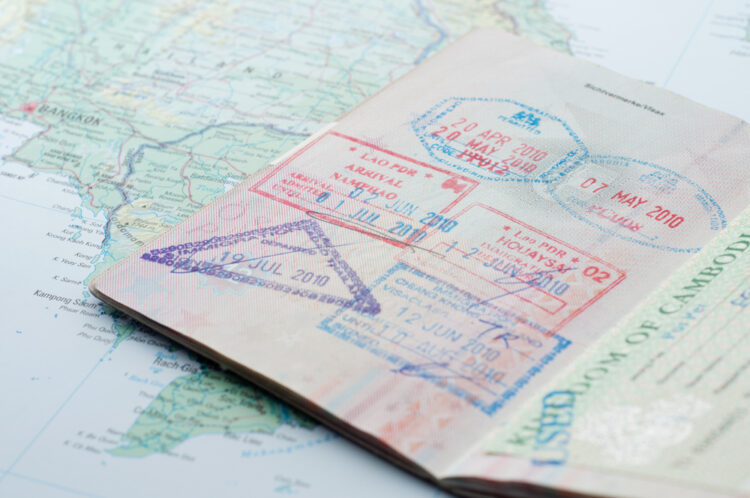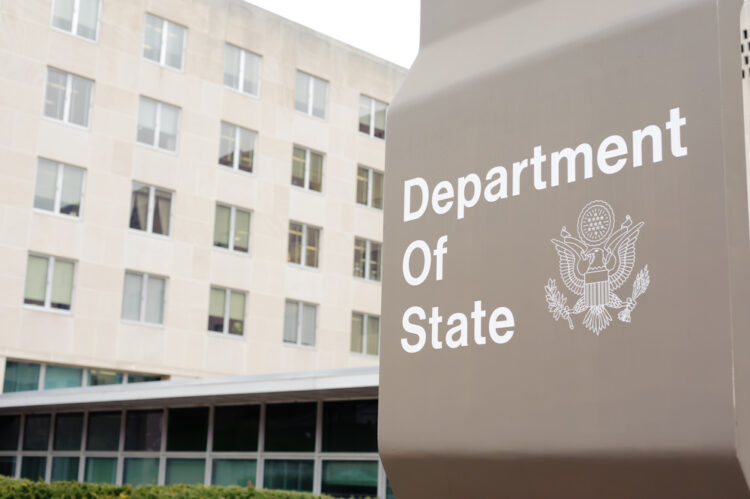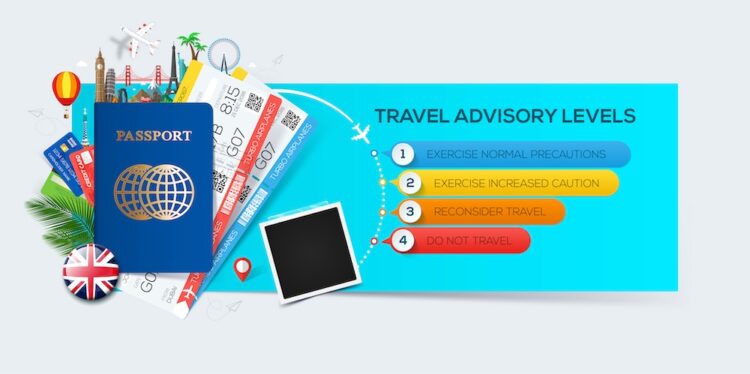Recently, both the Bahamas and Jamaica have been the target of “travel advisories” issued by the U.S. State Department. Such travel advisories are an essential resource for Americans planning to travel abroad, offering guidance on the safety and security of countries around the world. While not legally binding restrictions, these travel advisories serve as crucial advice for many travelers, affecting everything from travel insurance policies to personal travel decisions.
State Departments’ travel advisories, while not legally binding restrictions, serve as crucial advice for many travelers, affecting everything from travel insurance policies to personal travel decisions with potentially serious impact on both personal plans and the economies of the countries covered by the advisories.
So what underlies these advisories? Are they cautionary suggestions, politically motivated, or grounded in broad generalizations? The serious implications behind the State Department’s travel advisories merit an attempt to understand their true significance.

The advisories are categorized into four levels, each indicating a different degree of risk:
– Level 1: Exercise Normal Precautions – This is the lowest advisory level for safety and security risk. The State Department suggests that travelers should be aware of their surroundings and exercise caution.
– Level 2: Exercise Increased Caution – At this level, travelers are warned to be more aware due to heightened risks to safety and security.
– Level 3: Reconsider Travel – Significant risks exist, and travelers are advised to reconsider their need to travel to these locations.
– Level 4: Do Not Travel – This is the highest risk level, often due to severe conflicts, dangerous conditions, or other security concerns. Travelers are strongly advised against traveling to these destinations.
These levels are designed to provide clear, concise advice to travelers, helping them make informed decisions about their international travel plans.
It’s crucial to understand that travel advisories are not legal restrictions. Instead, they serve as guidance from the U.S. government about the risks associated with traveling to certain areas. While a Level 4 advisory strongly advises against travel, it does not legally prohibit Americans from traveling to those destinations. The advisories are meant to inform travelers so they can make prudent decisions about their safety and security.

Critics argue that the advisories can be overly broad, painting entire countries with a single brushstroke despite varying conditions within different regions. This broad approach can sometimes lead to misconceptions about the safety of entire nations based on conditions that are localized to specific areas.
The question of whether travel advisories are politically motivated is complex. Some observers suggest that political relationships between the United States and other countries can influence the level of caution advised. However, it should be noted that travel advisories are not issues for domestic US destinations, regardless of the murder rate.
What is certain is that travel advisories should not be ignored. However, travelers should evaluate them in the context of the country and the accommodations offered as a whole.

Travelers should:
- Stay Informed – Regularly check the latest advisories for your destination before and during your trip.
- Plan Accordingly – Consider alternative destinations if your planned travel is to a high-risk area.
- Take Precautions – Follow the specific advice given for each level of advisory to mitigate risks.
- Stay Connected – Enroll in the Smart Traveler Enrollment Program (STEP) to receive updates from the embassy in your destination country and make it easier for the U.S. government to assist you in an emergency.


